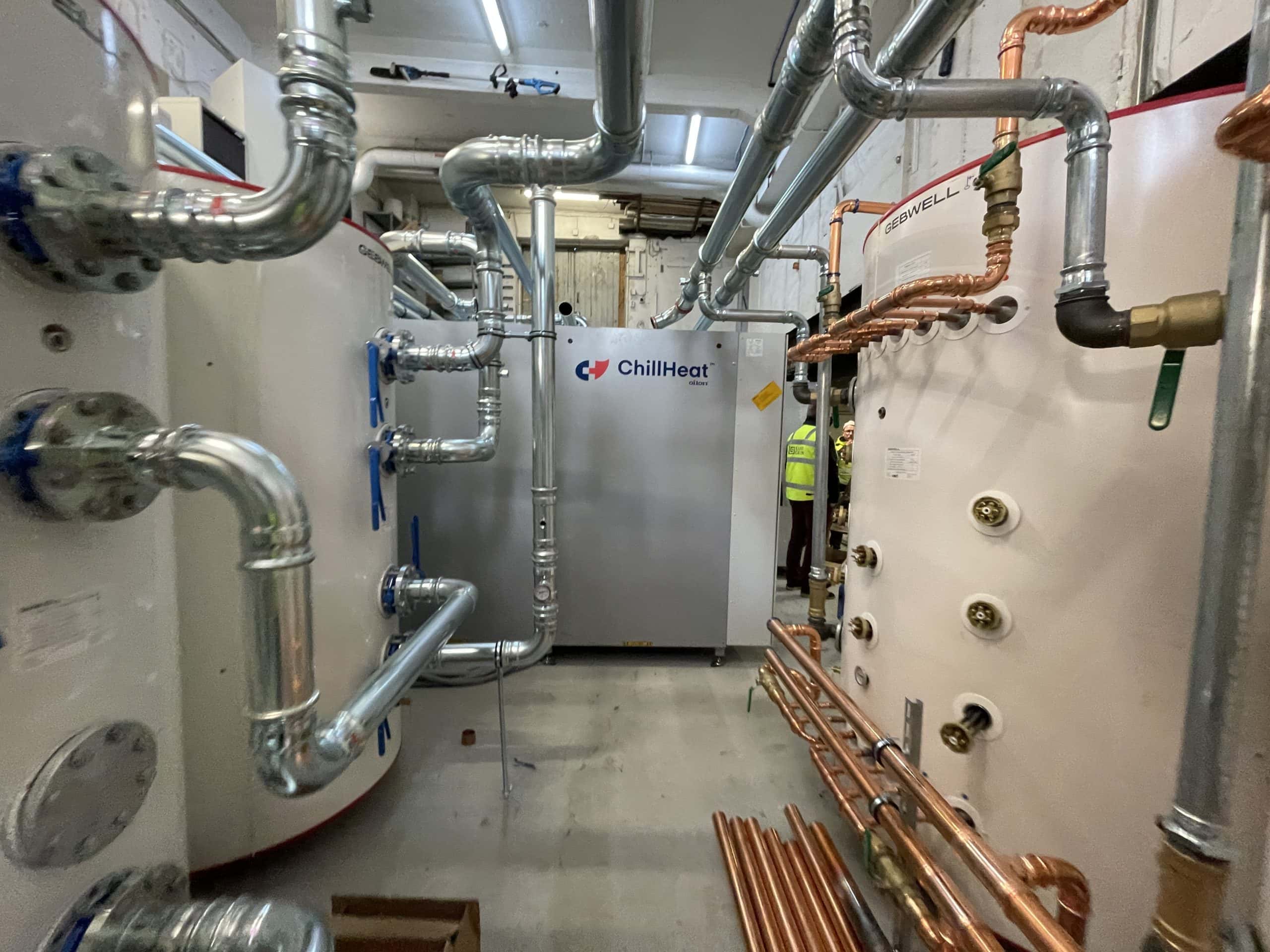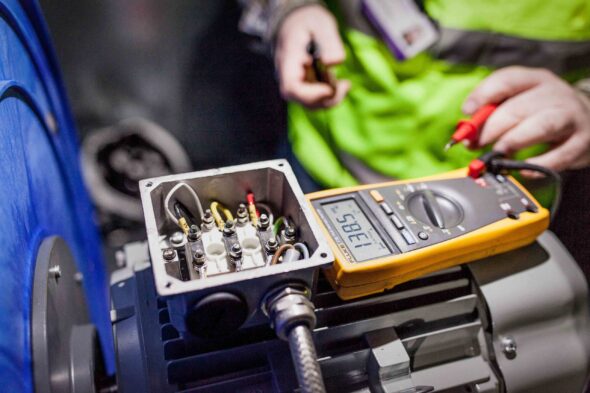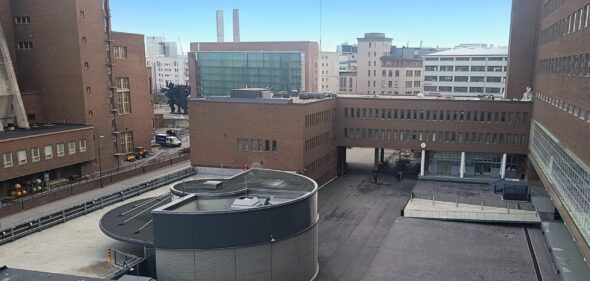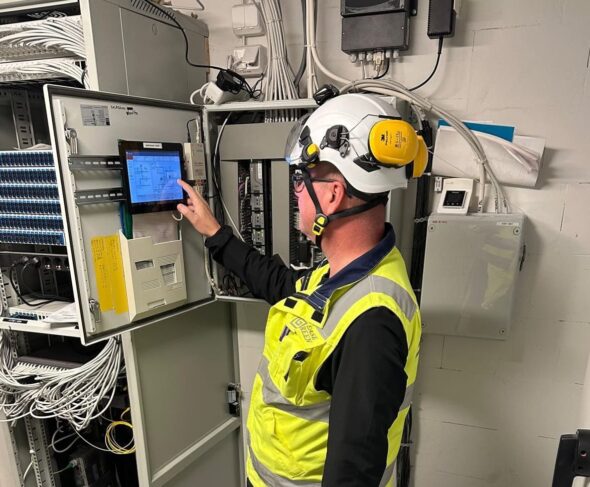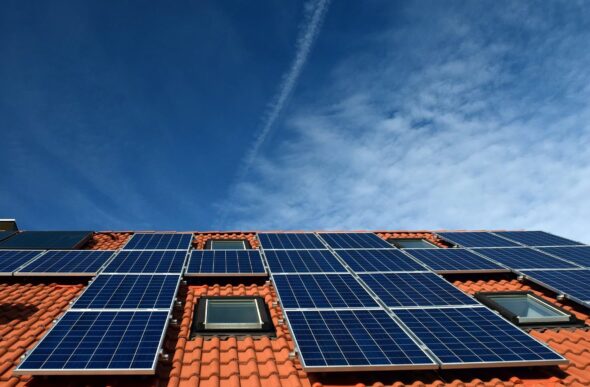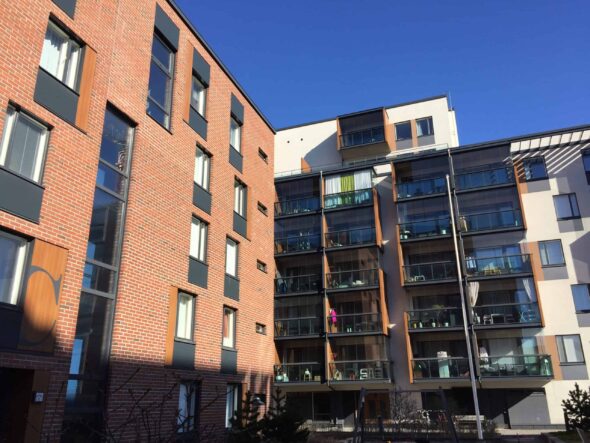In this article, we dive underground to see where geothermal energy comes from and how it is being harnessed to heat ordinary homes.
What is geothermal heat?
Geothermal energy is exactly what it sounds like: heat accumulated in the ground. It comes from the core of the earth, or the sun. Heat energy from the core of the earth is called geothermal heat and is also stored in the soil. Heat is also stored in water bodies and can be extracted from the bottom of the sea or lakes by the same mechanism.
This heat stored in the ground or in a body of water can be used to heat your house too.
The idea that in the cold Finnish winter there would be enough heat in the bedrock to heat the interior of an entire house to 21 degrees Celsius may seem extraordinary. Is it comfortable to have an internal temperature of 21 degrees inside a rock and should we all build our houses underground? Not really.
The energy stored in the ground is such that even if the outside temperature is well below freezing at a depth of 100 metres, the rock is still about 8 degrees above zero. How can 8 degrees be enough to heat a house to a comfortable summer temperature? Let’s see how a geothermal system works next!
A geothermal system consists of two parts
At first glance, trapping heat from the ground may seem like an idea out of Jules Verne’s books. Heat from a rock or the bottom of the sea? What’s next, pterosaurs and pirate treasure buried on a desert island?
The truth is more mundane than imagination, but still fascinating. A geothermal system consists of two parts: the first is the underground part that collects the heat, the heat well or the collection circuit, and the second is the heat pump that transfers the collected heat to the heating system of the house.
A heat well is a deep borehole, while a collector is a rather wide solution that collects heat from a depth of a metre or two over a wider area. A collection loop can also be at the bottom of a lake or sea.
In a heat well or collection circuit, heat is captured by a pipe system circulating a heat recovery fluid. The liquid is usually 70% water and 30% ethanol, which prevents the liquid from freezing even in extreme cold. The liquid circulates through the pipes to where the heat is found, i.e. the well or the collector, and is a few degrees warmer when it returns than when it went underground. Little by little, more and more heat accumulates.
Another part of a geothermal system is an electric geothermal heat pump, which conducts the heat inside the house. The geothermal heat pump transfers the heat collected in the collection fluid to the storage tanks, from where it is transferred to the heating system as required. This heats the water circulating in radiators or underfloor heating, as well as domestic hot water to make washing up and showering more comfortable.
A geothermal system can also cool
A geothermal system also works the other way round: it stores heat energy from inside the house back into the ground during the summer heat. So in the hot summer, a geothermal system can also cool your home and make it less sweaty.
At the same time, the geothermal system will have a longer lifetime. After all, a geothermal system does not last forever: the heat well cools the soil around it gradually and usually produces heat for 15-20 years. However, when the system is used for cooling in the summer, the excess heat can be stored back in the soil and used later, thus extending the life of the system somewhat.
Geothermal heating is an overall ecological and sustainable heating solution. Geothermal heat is largely solar heat that accumulates in the ground – i.e. renewable energy.
A geothermal heat pump transfers the heat collected from the ground to the heating system using electricity, but the electricity consumption of geothermal heat is significantly lower than, for example, direct electric heating. Using Nordic green electricity for electricity means that the overall carbon footprint of heating is very small.
